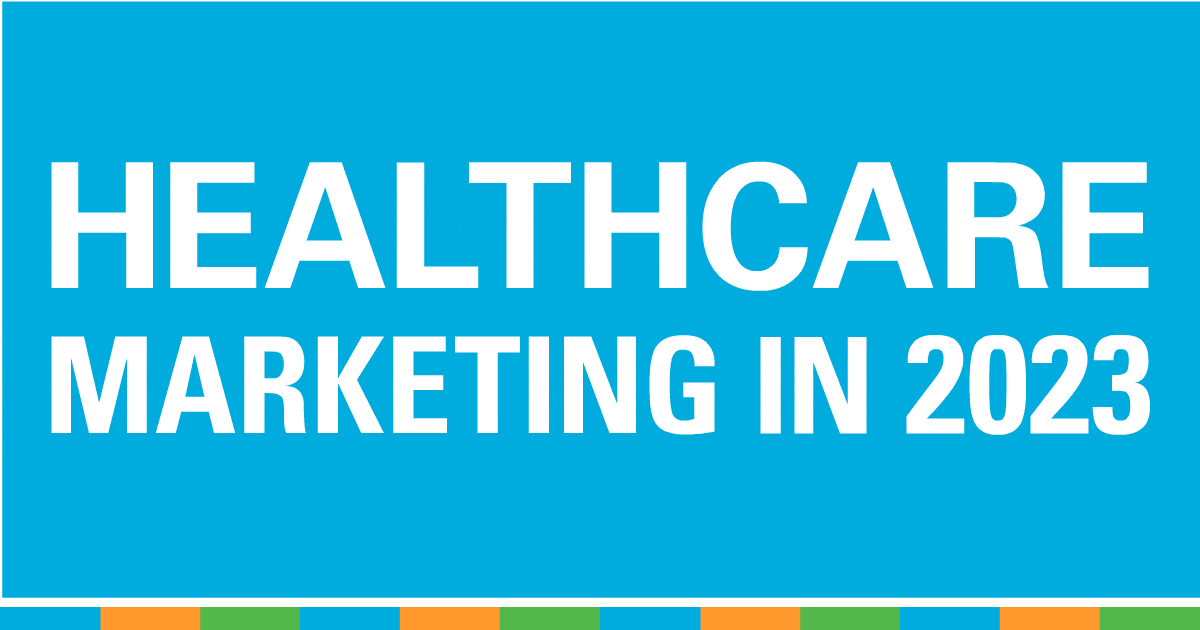
Record losses. Shrinking margins. Slashed budgets. And now for the bad news.
The Bad News
Perhaps you’re a glass-half-full kind of person. Us too. But even wearing your best pair of rose-colored glasses, it’s hard to put a positive spin on the current state of financials for healthcare systems. 2022 was the worst money year for hospitals since the start of the COVID-19 pandemic. “Approximately half of U.S. hospitals finished the year with a negative margin,” according to Kaufman Hall’s latest “National Flash Hospital Report.”
Why The Long Face?
The rising cost of labor – especially the increase in expensive contract labor – has put a tremendous strain on the healthcare industry. Plus, consumers regularly go elsewhere for routine care due to changing behaviors brought on by the pandemic. Oh, and add in the looming fears of an economic downturn. The C-suite has taken out their red pens and started slashing. And because healthcare management often doesn’t put the same weight on branding as other consumer industry leaders, marketing budgets have suffered the stroke of their red pens. While operations must contend with the daunting task of redefining the care model (no biggie), we marketers are left with fewer dollars to drive volume, build awareness and fuel loyalty.
Some Ammunition
Cutting the marketing spend may seem to make sense at a higher level. “Why should we advertise during a downturn? How can we achieve our goals with fewer dollars.” Fair questions, but the facts indicate otherwise. Studies continually show that brands that halt advertising see declines across all meaningful metrics. Here are a few fun facts you can throw out in defense of ad dollars:
- 16% drop in revenue after 1 year of no advertising
- 25% drop in revenue after 2 years of no advertising
- 58% drop in revenue after 5 years of no advertising
In fact, according to a Nielson study, brands that advertise during a recession can grow the value of their brand. Even if you’re a whiz at negotiating and safeguarding your marketing dollars, at some point, economic realities will force a reduction. So, now what?
The Good News
Budgets are set. Perhaps it’s not as much as you’d planned, but it’s enough to make an impact. Fortunately, 2023 has presented some exciting opportunities for smart, low-cost marketing strategies. In three words: digital, digital, digital. Rather than a scattershot approach across TV, radio, outdoor, direct and print, a concentrated focus on one medium can help your brand own that space. It’s better to build one bridge to the other side than several half-bridges to nowhere.
Plus, a campaign that runs on digital platforms is less expensive to produce and place. With real-time results at your fingertips, you can constantly test and optimize. Best of all, online campaigns are more effective than ever. You may even find you have to pause some efforts because operations can’t handle the traffic. How many times have you run a successful campaign only to hear that Dr. So-and-so can’t see any more patients?
Spend on Marketing or Lose Patients
That’s the bottom line. The healthcare industry is rapidly and unavoidably shifting to a consumer-first model. The pandemic added rocket fuel, accelerating people’s demand for more convenient care on our terms. Which is ultimately a good thing, right? Hospitals and healthcare systems that adopt a consumer-focused approach and recognize the importance of maintaining a brand presence will be rewarded.
So put on your rose-colored glasses, pour yourself a full glass of your favorite beverage, and give us a shout. We’ve already started drinking.


